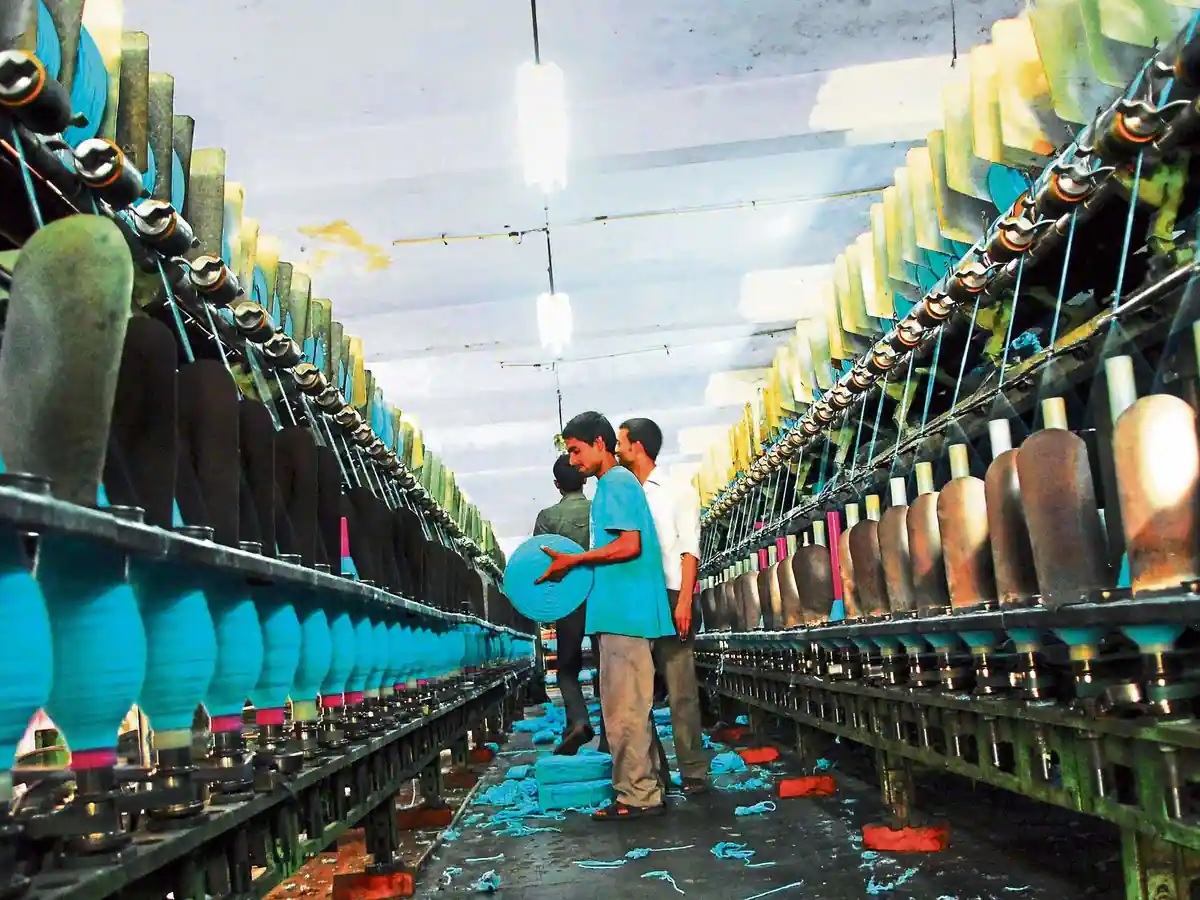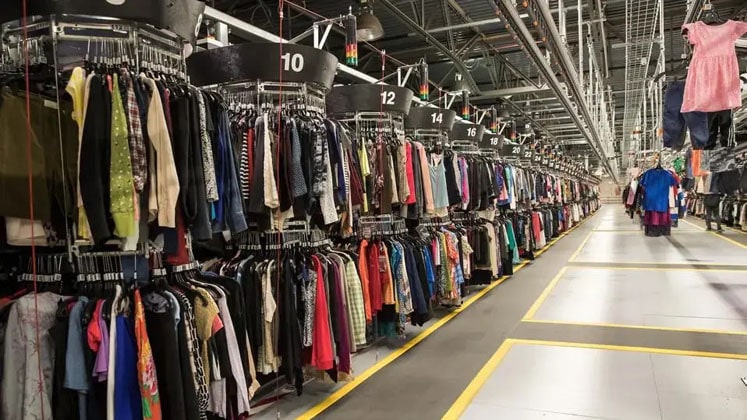
The government’s decision of setting up seven Mega Integrated Textile Region and Apparel parks across the country will boost India’s textile industry and take it to the next level. The initiative aims to create world-class facilities, state-of-the-art infrastructure and an integrated value chain, making the textiles industry globally competitive.
State of the art, sustainable eco system
The mega parks will be shining examples of sustainability, with zero liquid discharge, common effluent treatment, use of emission-free renewable energy and adoption of global best practices. The parks will offer excellent infrastructure, plug-and-play facilities, as well as training and research support for the industry.
Central and state governments will work together to increase investment, promote innovation and create jobs. The state governments would provide land parcels of at least 1,000 acres and facilitate reliable power and water supply, waste disposal, effective single-window clearance system, along with a conducive and stable policy regime to ensure smooth operations and ease of doing business.
The textile parks will help the sector achieve its revenue target of $250 billion and $100 billion in exports by 2030. What’s more, it will help create about 20 lakh jobs and attract an estimated ₹70,000 crore domestic and foreign investment.
The initiative has received an enthusiastic response from the textiles industry, which sees it as a game-changer and has expressed optimism that lower logistics cost, modern infrastructure, global scale of operations, and supportive policies from the Centre and the states will take India’s textiles sector to new heights; provide top-quality products at competitive prices both in domestic and international markets.
Synergy with trade agreements
The mega parks scheme dovetails with government’s initiatives of free trade agreements (FTAs), which open up developed markets for Indian textiles, apparels, and several other sectors. India has already signed trade deals with the UAE and Australia and is negotiating with Canada, Britain and the EU.
These efforts will help Indian textiles get deeper access to profitable developed markets and help the country significantly increase its share in global textiles and apparel trade.
With these developments, India's textiles industry is poised for a quantum leap that will make it a global investment, manufacturing and export hub. This is a significant step towards achieving India's aspirations to become a developed nation by 2047 and being the largest exporter of textiles to the world.












